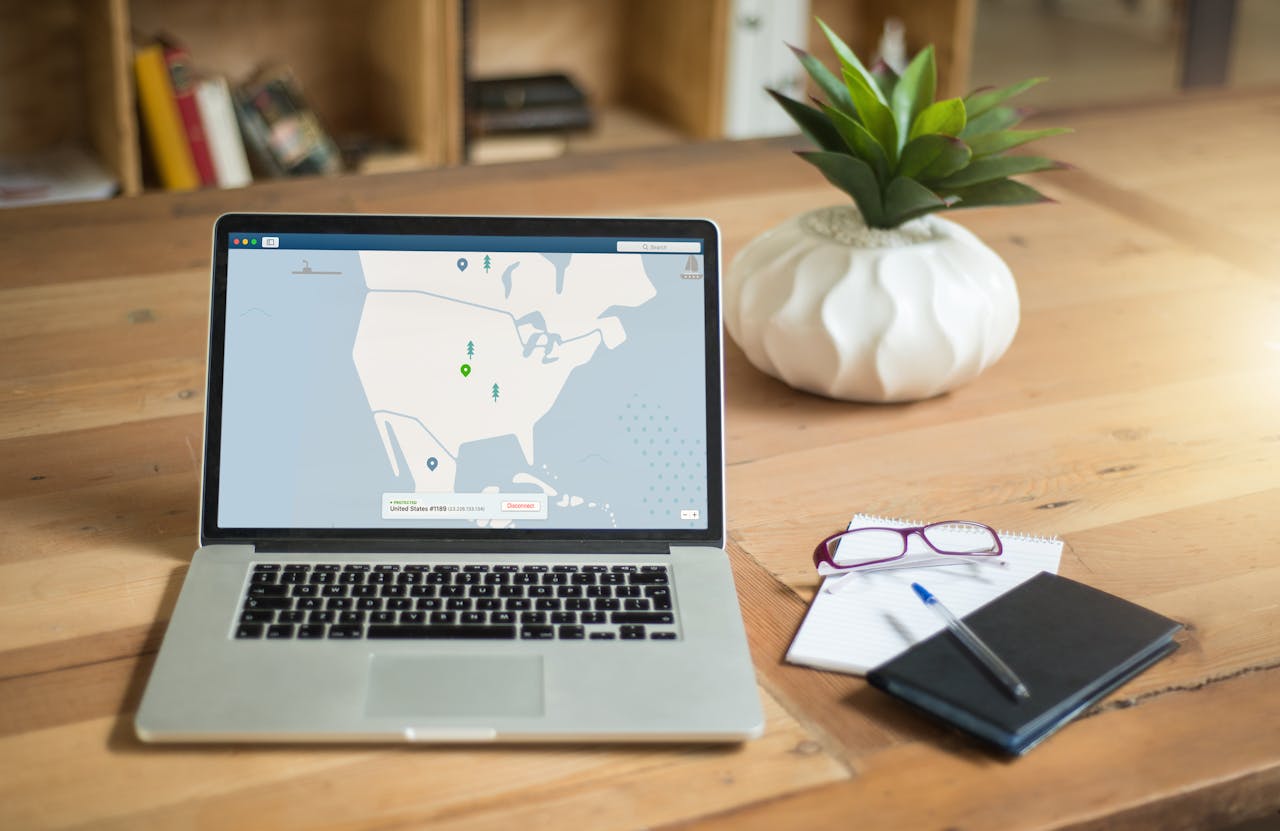QR codes have evolved from a technological novelty into a powerful tool for businesses, marketers, and individuals looking to bridge the gap between physical and digital experiences. Their ability to store URLs, contact information, payment details, and more makes them indispensable across industries, from retail and marketing to healthcare and real estate.
However, a poorly designed QR code can reduce engagement, cause scanning errors, or even harm your brand’s credibility. Effective QR code design requires attention to technical specifications, aesthetic appeal, and security measures to ensure optimal functionality and user experience. In this guide, we’ll explore key design principles, advanced customization techniques, and practical industry applications to help you create QR codes that are both visually appealing and highly effective.
Understanding the Basics of QR Code Design
A QR code, short for Quick Response code, is a two-dimensional barcode that stores data using a matrix of black and white squares. Unlike traditional barcodes, which are limited to numeric data, QR codes can hold various types of information, including website URLs, vCards, payment details, app download links, and more. When scanned by a smartphone camera, the QR code quickly redirects users to the encoded content.
There are two main types of QR codes: static and dynamic. Static QR codes store fixed information that cannot be modified after creation, making them suitable for permanent uses like business cards or product packaging. Dynamic QR codes, on the other hand, offer greater flexibility by allowing you to edit the stored content without changing the QR code itself. This makes dynamic QR codes especially useful for marketing campaigns, promotions, and analytics tracking, as businesses can update content and monitor scan performance in real time.
Key Principles for Designing High-Quality QR Codes
One of the most critical aspects of QR code design is ensuring that your code is easy to scan. High contrast between the code and its background is essential for readability. Dark QR codes on light backgrounds, such as black on white, are ideal. Avoid low-contrast combinations like red on blue, as they can cause scanning errors. Additionally, every QR code should have a clear margin or quiet zone around it to help scanners distinguish the code from surrounding content.
The size of your QR code also impacts its usability. For printed materials, such as flyers or brochures, a QR code should be at least 2 x 2 centimeters (0.8 x 0.8 inches) to ensure it can be scanned easily. Digital displays should feature QR codes large enough to be scanned from a reasonable distance. Billboards, for example, should have QR codes that are clearly visible and scannable from several meters away, while smaller codes are suitable for business cards and product labels.
While customization can enhance your brand’s identity, it’s important not to overcomplicate your QR code design. Excessive design elements, such as intricate patterns or busy backgrounds, can interfere with scannability. If you choose to incorporate branding elements, ensure that the key components of the QR code, such as the finder patterns and alignment markers, remain intact. Scannability should always take priority over aesthetics.
A clear call-to-action (CTA) is essential to motivate users to scan your QR code. Simply displaying a QR code without context may confuse users or reduce engagement. Providing instructions, such as “Scan to Get 10% Off” or “Scan for Exclusive Content”, helps users understand what they’ll gain from scanning the code. Including a brief, compelling CTA near your QR code can significantly increase conversion rates.
Before launching your QR code in a campaign, it’s vital to test it under various conditions. Scan it using different smartphones and QR scanner apps to ensure compatibility across devices. Additionally, test its readability in different lighting conditions and on different materials, such as paper, plastic, and metal. This process will help you catch any potential issues and guarantee a smooth user experience.
Advanced QR Code Customization Techniques
Incorporating logos into your QR code can strengthen your brand identity and make your code visually recognizable. When adding a logo, place it in the center of the QR code and ensure that it doesn’t obscure the essential scanning patterns. Using high-resolution vector files will keep the logo sharp and clear, even when the QR code is resized.
Color customization is another way to align your QR codes with your brand’s aesthetic, but it’s essential to maintain proper contrast. Dark colors on light backgrounds, such as dark blue on white or black on yellow, offer good readability. Avoid using light colors on light backgrounds or complex gradients, as they can make scanning difficult. When experimenting with colors, always test your QR code across multiple devices to ensure consistent performance.
QR codes can be seamlessly integrated into various design elements, enhancing both functionality and branding. For example, restaurants often incorporate QR codes into their digital menus, while retailers embed them on product packaging to provide customers with detailed product information or user manuals. When embedding QR codes into printed materials, always use a high-resolution output of at least 300 DPI to maintain clarity.
Real-World Applications of QR Codes Across Industries
In marketing and advertising, QR codes have become a popular tool for driving customer engagement. Interactive posters featuring QR codes can direct users to promotional landing pages, product videos, or exclusive offers. Retailers often use QR codes on in-store displays to allow customers to access product details or redeem digital coupons instantly. Event organizers leverage QR codes on invitations and flyers to enable easy RSVPs or provide directions to event locations.
In the payments and e-commerce sectors, QR codes facilitate seamless transactions. Many businesses use QR codes for contactless payments, enabling customers to pay quickly and securely using apps like Apple Pay or Google Pay. QR codes are also commonly used for digital tickets, allowing users to check in at events or board flights by simply scanning their phones.
The healthcare industry has adopted QR codes for a range of purposes, from patient management to prescription tracking. Medical wristbands with embedded QR codes store patient information, allowing healthcare providers to access records quickly and reduce errors. Pharmacies use QR codes on prescription labels to provide patients with dosage instructions and safety information.
In real estate, QR codes streamline property listings and virtual tours. Real estate agents place QR codes on For Sale signs, enabling prospective buyers to access property details, view photos, or schedule tours directly from their phones. QR codes on brochures or flyers can link potential clients to virtual walkthroughs, making it easier for them to explore properties from anywhere.
Ensuring QR Code Security and Performance
While QR codes offer convenience, they can also be exploited for malicious purposes, such as phishing attacks. Scammers may create fake QR codes that redirect users to fraudulent websites. To mitigate these risks, always use trusted QR code generators that offer secure and customizable URLs. Additionally, enabling link previews on smartphones can help users verify a link before opening it, reducing the likelihood of phishing attempts.
Tracking and analytics are key advantages of using dynamic QR codes. With built-in tracking features, businesses can monitor scan activity in real time, gathering valuable data such as user locations, scan times, and device types. These insights allow marketers to measure the success of their campaigns and make data-driven adjustments to improve engagement and conversions.
Conclusion: Designing Effective QR Codes for Maximum Impact
QR codes have become a vital component of modern digital strategies, offering businesses, marketers, and individuals a powerful way to connect with their audiences. By adhering to best practices in design—such as maintaining high contrast, using appropriate sizes, integrating clear CTAs, and ensuring security—you can create QR codes that are both visually appealing and highly functional.
Customizing QR codes with logos, colors, and branded elements can enhance your brand presence, while advanced features like dynamic QR codes enable you to track performance and update content in real time. Whether you are launching a marketing campaign, facilitating contactless payments, or streamlining customer interactions, QR codes offer limitless possibilities to engage your audience and drive results.
For those looking to create professional, customizable, and trackable QR codes, using a dedicated platform like ours is highly recommended. With intuitive tools for QR code creation, advanced analytics, and robust security features, QRved.com simplifies the process and ensures your QR codes meet the highest standards of design and functionality.
Now is the time to leverage QR codes to their full potential. Start creating your customized QR codes with Qrved today and elevate your digital experiences.


